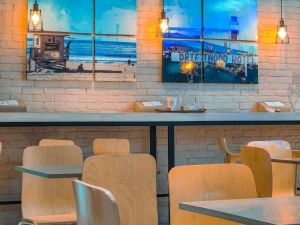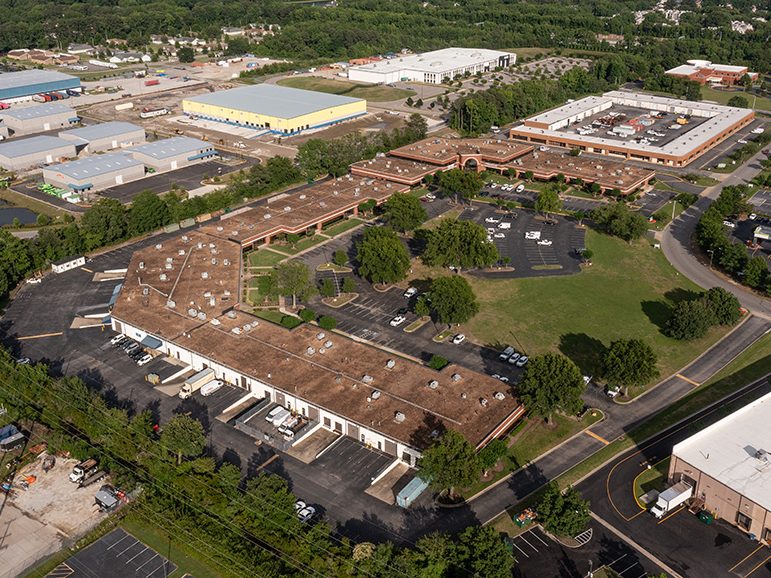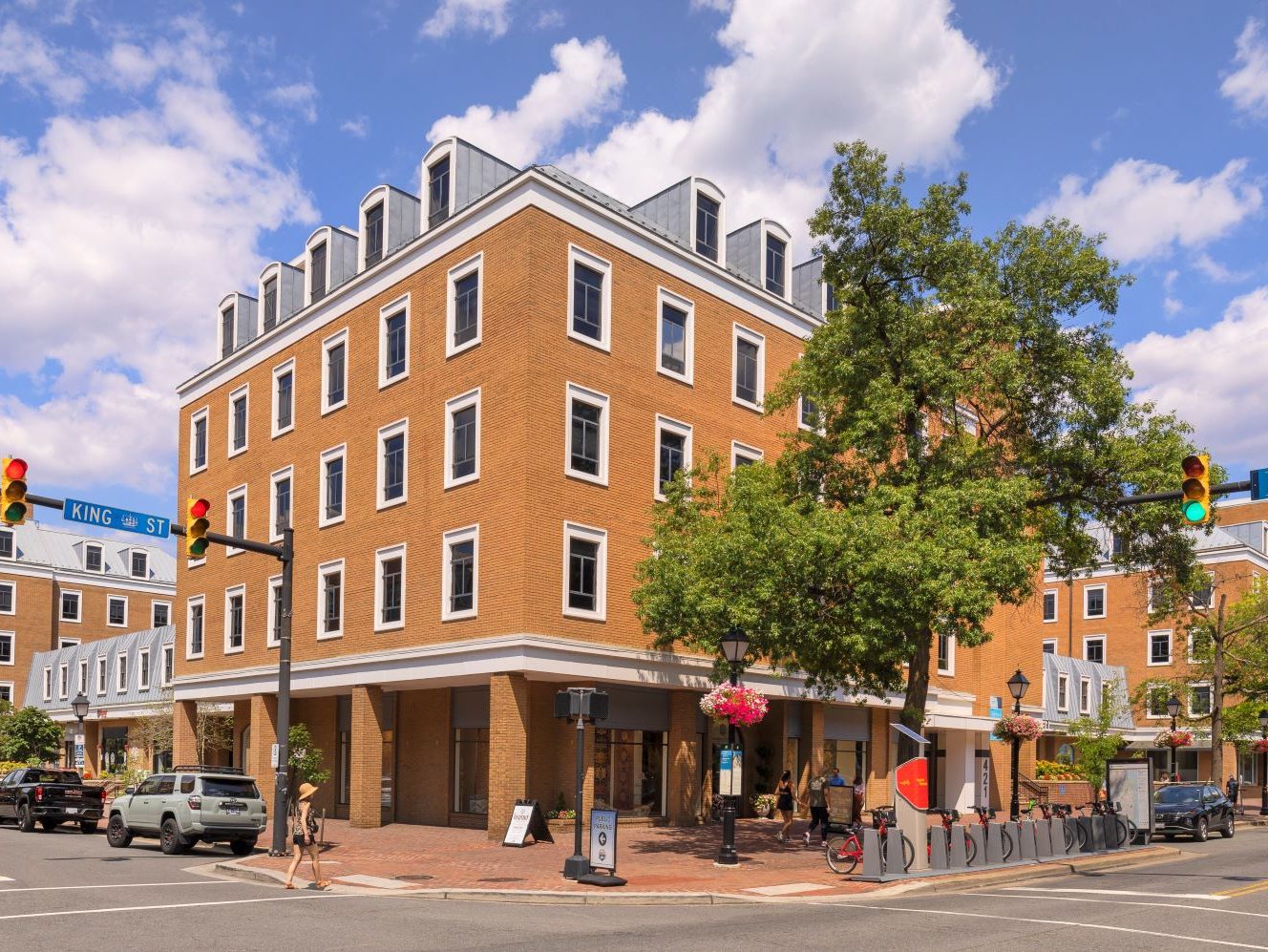We Also Need to Amenitize Industrial. Start With the Break Room.
The wellness of workers at distribution facilities can be vital, literally. Here's why.
Bringing workers back into the office through highly amenitized spaces has been an ongoing trend since the pandemic brought about hybrid and work-from-home flexibility. For industrial building employees however, remote work is not an option. Unlike the workforce of other sectors, employees at distribution centers were deemed essential during the pandemic, and exempt from stay-at-home orders, often times working in less-than-ideal conditions.
The NAIOP Research Foundation commissioned a report by KSS Architects regarding employee wellness in distribution centers and how design can enhance their comfort. The warehousing and storage subsector workforce is increasing, going up to 1.94 million workers as of January this year versus 1.3 million workers employed in January 2020, data in the report shows. Considering the strength of the industrial sector and the masses that work to keep it running, promoting a healthy work environment is as important as ever.
Ensuring safety, increasing comfort, reducing physical strain, instilling a sense of belonging, and supporting mental and emotional health are among the key wellness objectives the study is focused around.
Impact of break rooms
One of the key design recommendations to pursue these wellness objectives observed in the study is the use of break rooms.
“The typical distribution center only provides for large break facilities in a single location, making them mostly inaccessible during short break periods,” according to the report. Having more break rooms and spaces at various sizes can help.
The stresses that can arise from working in a distribution center, including loud noises, harsh physical requirements, isolation from fellow associates, etc., can all be in part remedied through the implementation of break rooms.
Large break spaces, as outlined by the report, often include bathrooms, mother’s rooms, eating spaces, hydration stations, relaxation spaces and game spaces. These rooms are able to provide physical and mental rest and offer a space for workers to find community. It’s not just large break spaces that can provide wellness benefits, however. Medium and small spaces are good too.
Medium break rooms, characterized by a single bathroom, hydration station and protection from machinery, should have design elements that promote inclusion. The key wellness strategy, as outlined by the report, is to provide “a microenvironment for temporary relief from environmental stress.”
Designed for a single worker, small break spaces offer room to rest and hydrate including a space to sit and be protected from machinery. Even a place small enough to offer workers some time off their feet can be critical to the overall mental and physical wellbeing of a facility’s workforce.
Additional design recommendations
The study highlights many other elements that can also be incorporated into the design of modern distribution centers to ensure wellness objectives are being met. All these solutions are intended to be adaptable and to work within the typical layout and constraints of industrial facilities. Some of those included in the report are:
- Site entry: Ensuring the exterior of the facility promotes outdoor activities, separates workers from machinery and provides open spaces.
- Transportation lounge: a space for truckers to eat, drink, stretch, exercise and rest. It also offers a place to socialize and safely communicate.
- Workstation: An area built to a human scale with local conditioning, noise reduction and furniture-like adaption for workers.
“Significant improvements can be made within the current design paradigm, ranging from basic shell and infrastructure improvements to the introduction of key program elements,” the study outlines.








You must be logged in to post a comment.